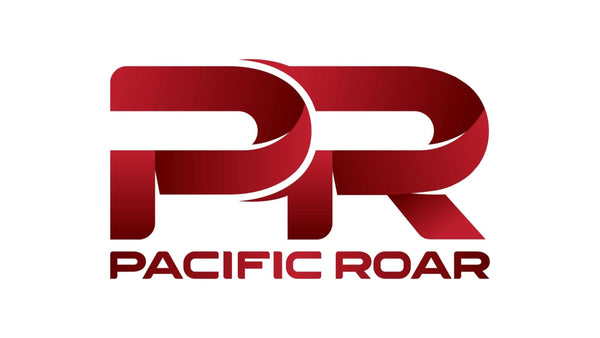
The Complete Guide to Choosing the Best Leather Lifting Belt for Your Training Goals
Share
Why a Leather Lifting Belt Matters

If you’re serious about strength training, a leather lifting belt can be a game-changer. Whether you’re grinding through heavy squats, locking out a PR deadlift, or building a rock-solid core for Olympic lifts, the right belt offers more than just support it gives you confidence under the bar.
But not all lifting belts are created equal. From thickness and width to buckle style and leather quality, your choice can make or break your comfort, performance, and safety. In this guide, we’ll walk you through everything you need to know so you can find the perfect belt for your training goals.
1. The Benefits of Using a Leather Lifting Belt

A leather belt isn’t just for “looking hardcore.” It serves key functions:
- Increased Intra-Abdominal Pressure (IAP): Helps stabilize your spine during heavy lifts.
- Better Lifting Posture: Encourages proper bracing mechanics.
- Reduced Injury Risk: Supports your lower back and core muscles under load.
- Long-Term Durability: High-quality leather belts can last decades with proper care.
2. Understanding Leather Belt Types

a. By Width
- 4-inch belts: The most common, offering uniform support around your torso.
- 3-inch belts: Preferred by lifters with shorter torsos or for deadlifts to reduce hip digging.
b. By Thickness
- 10mm belts: More pliable, comfortable for general training, quicker break-in period.
- 13mm belts: Stiffer, best for maximum heavy lifting support, longer break-in period.
c. By Taper
- Straight belts: Same width all around; ideal for powerlifting.
- Tapered belts: Wider in the back, narrower in the front; good for Olympic lifts and CrossFit.
3. Buckle vs. Lever vs. Velcro

Buckle Belts:
- Traditional prong (single or double)
- Adjustable on the fly
- Reliable and time-tested
Lever Belts:
- Quick to tighten and release
- Extremely secure
- Requires screwdriver to adjust hole position
Velcro Belts:
- Lightweight and easy to adjust
- Best for dynamic movements, not maximal lifts
4. Leather Quality & Construction

When buying a leather belt, check for:
- Full-grain leather: Most durable and supportive.
- Single-piece construction: Avoid belts with filler layers or cardboard cores.
- Stitching quality: Double or triple stitching for longevity.
- Edge finishing: Smooth, burnished edges prevent chafing.
5. Breaking In Your Leather Belt

A brand-new belt can feel like a plank of wood. Break it in by:
- Wearing it for short sessions before heavy lifts
- Rolling and bending it gently (don’t overdo it)
- Applying leather conditioner to soften
6. Caring for Your Belt

- Store in a dry place, away from direct sunlight
- Wipe sweat off after training
- Condition leather every 6–12 months
7. Common Mistakes When Choosing a Belt

- Going too thick too soon (13mm when 10mm would be fine)
- Choosing the wrong width for your torso size
- Buying cheap, multi-layer “bonded” leather belts
- Copying a pro lifter’s belt without matching their lifting style
Our Final Recommendation
Your lifting belt should feel like an extension of your body, supportive but not restrictive, secure yet comfortable. Think about your training style, body proportions, and goals before making a choice. Investing in a high-quality leather belt is not just about performance; it’s about protecting your body for years to come.
Call to Action (for Pacific Roar readers):
If you’re ready to level up your training with a belt that’s built for power and longevity, check out Pacific Roar’s range of premium leather lifting belts crafted for lifters who demand the best.
